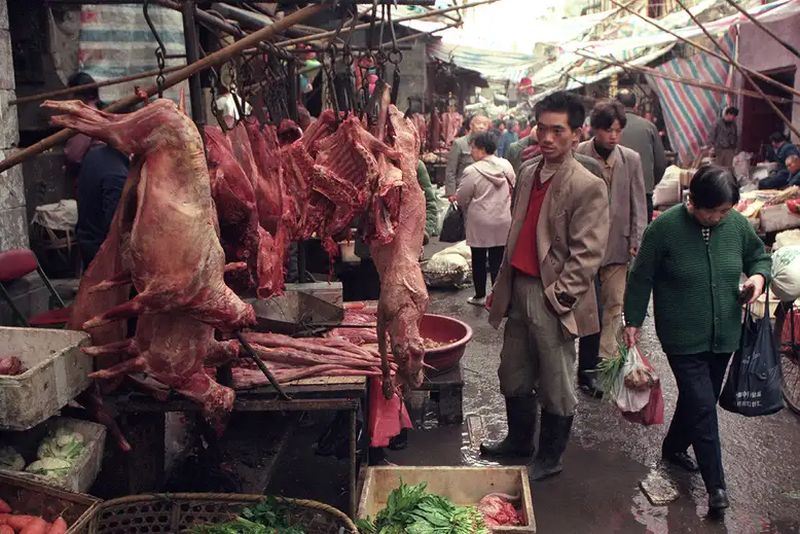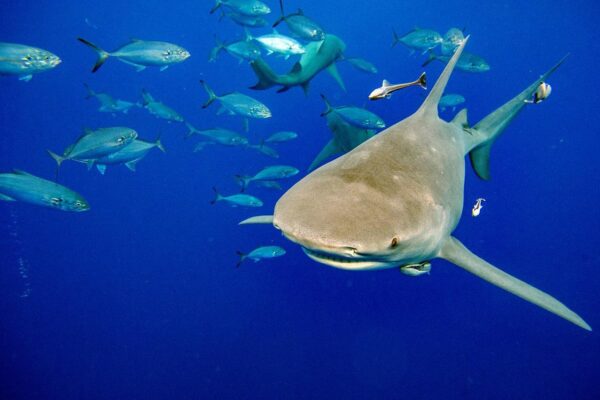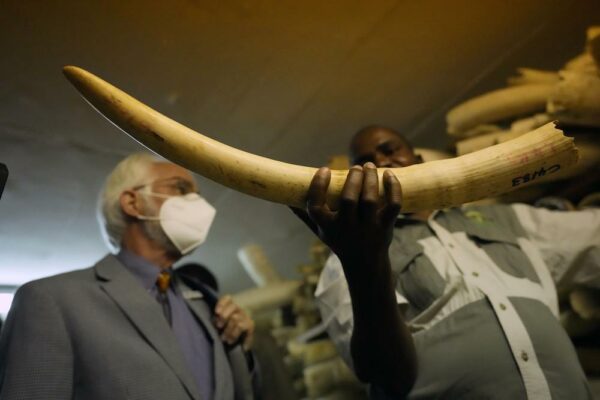Eradicating Wildlife Trade May Prevent Future Pandemics
The assault on ecosystems that has resulted in many other disasters in the past and the current coronavirus crisis, has somewhat made mankind realize the urgency of eradicating wildlife trade to prevent pandemic crisis in the future. According to Lee Hannah, senior scientist at Conservation International, there are four critical planes of pandemic prevention.
Three of these facets make perfect sense given the current coronavirus scenario: stockpile masks and respirators; have testing infrastructure prepared; and ban the global wildlife trade, including the open animal markets such as Wuhan’s seafood market where COVID-19 might have first infected people. The fourth component is to “take care of nature.”
Hannah believes that biodiversity can restrain pathogens before they ever leave the wild. He says,
We need to tell people right now that there is a series of things we need to do once we’re out of this mess to make sure it never happens again.
Recent research had given validity to the idea that biodiversity protection in one part of the world can prevent novel diseases from emerging and leaping into another. However, as mankind keeps eroding into spaces reserved for wildlife by nature, these protections start to break down.
According to research published by a team of researchers led by Christine Kreuder Johnson of the One Health Institute at the University of California, Davis, “virus spillover risk” from wildlife to people rises as contact increases between them.

Image: Amnat/Alamy
Almost half of the new diseases that jumped from animals to humans after 1940 can be traced to changes in land use, agriculture, or wildlife hunting. SARS, Ebola, West Nile, Lyme, MERS, and others all fit the criteria. There may be 10,000 mammalian viruses potentially dangerous to people.
We are messing with natural systems in certain ways that can make them much more dangerous than they would otherwise be. And biodiversity loss is one of those. Climate change is another.
Says Richard Ostfeld, a disease ecologist at the Cary Institute of Ecosystem Studies.
Meanwhile, China’s ban on eating and trading wildlife owing to the coronavirus outbreak could become law within the next three months. And unlike past efforts, it may end up being permanent. In February, the Chinese authorities declared a bad on the consumption of wildlife, after, evidently, the COVID-19 emerged in a wet market in Wuhan, though that origin has now been questioned.
China’s Ministry of Agriculture has issued a draft list of animals considered fit to be used as livestock on Wednesday night, including dietary staples such as pigs, cows, chickens and sheep, as well as “special livestock” such as a number of species of deer, alpaca and ostriches. Two species of fox, raccoons and minks can be kept as livestock but not for their meat.
The draft list was released on April 9, by the country’s Ministry of Agriculture and Rural Affairs and is available online for public commenting.
Dogs are also absent from the list of livestock, which, if formally enforced, would lead to China’s first countrywide ban on their consumption in a victory for animal rights activists.
Moreover, a timely new study has revealed that human impact on animal populations worldwide is a direct contributor to zoonotic disease spread.
According to the study, which was published in the journal Proceedings of the Royal Society B, the processes leading to declines in wildlife populations are also facilitating the transmission of animal viruses to humans. This process is known as “virus spillover”—as occurred with the novel coronavirus that has recently swept across the globe.
Viruses jump species when there is close enough contact to enable transmission between an infected animal and a susceptible person. Animals in close contact can share viruses with humans by respiratory droplets, or contact with feces, urine or blood.
Said Christine Johnson, the lead author of the study from the University of California, Davis.
The research has concluded that continued exploitation of the natural world by mankind, through hunting, trade, habitat degradation and urbanization, has shifted mammal populations and led to a rise in infectious animal diseases that can spill over to humans.
The current scenario is just the tip of the iceberg. Mankind’s unwanted interventions into nature could be catastrophic for humanity. Evidently, eradicating wildlife trade to prevent further pandemic crisis has become of the utmost importance for mankind.


